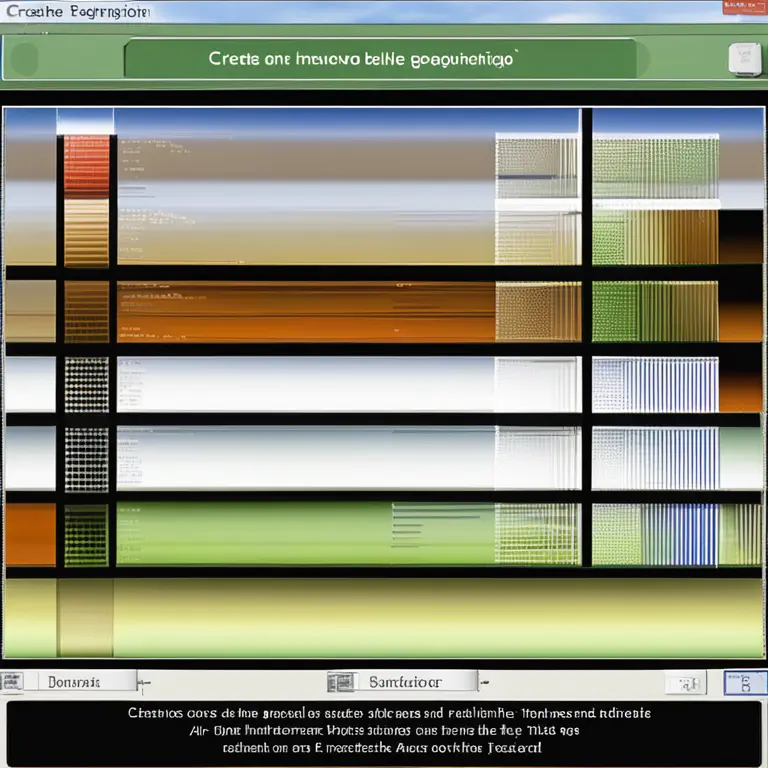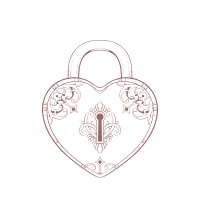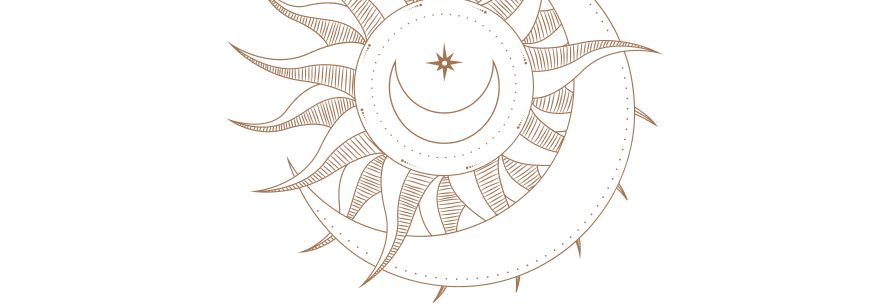
Serenity Through Stillness: Meditation Techniques for a Calm Mind
Discover meditation techniques that foster tranquility and calm within, offering a respite from the tumult of daily life.
article by Hina Kurosawa
Introduction to Meditation
In our fast-paced world, it is more vital than ever to find pockets of peace within our daily grind. Meditation affords us the opportunity to pause, breathe, and realign our mental state. As stress becomes a universal adversary, the art of meditating acts as a profound counterbalance, guiding us towards mental clarity and emotional stability. We will explore several techniques that are not only effective but also adaptable to your individual lifestyle, offering you the tools to access serenity irrespective of external pressures.

Focused Attention Meditation
A foundational technique to embark on this tranquil journey is Focused Attention Meditation. Beginners and seasoned practitioners alike can benefit from this approach, which involves selecting a single point of focus. This could be the breath, a mantra, or a visual object. The goal is to anchor the mind, allowing thoughts to pass without engagement, and continuously return to the chosen focal point. Over time, this practice enhances concentration and promotes a peaceful mental state.

Mindfulness Meditation
Rooted in Buddhist teachings, Mindfulness Meditation has gained prominence for its benefits in reducing stress and anxiety. This method entails a heightened awareness of the present, observing thoughts, feelings, and bodily sensations without judgment. It cultivates a sense of presence, granting the practitioner the ability to witness life's turbulence from a detached, peaceful vantage point. Incorporating mindfulness into daily activities can further enrich this practice.

Body Scan Relaxation
The Body Scan is a technique that focuses on subtle bodily sensations, promoting a state of deep relaxation. It involves a mental sweep from head to toe, noticing any tension and consciously releasing it. Practicing this technique regularly, particularly before sleep, can improve sleep quality and create a natural refuge from stress. This method is often combined with mindfulness and can be an effective gateway to a meditative state for newcomers.

Moving Meditation
For those who find stillness elusive, Moving Meditation presents a dynamic alternative. Techniques like Tai Chi, Qigong, and even gentle walking can be meditative. The key lies in the harmonious coordination of movement and breath, creating a flowing meditation that can be just as effective as traditional seated practices. This form proves that meditation doesn't require stillness, just a single-minded focus on the task at hand.
Guided Visualization
Guided Visualization involves embarking on a mental journey to a peaceful place or scenario. A guide or recorded audio typically leads the practitioner through detailed imagery that engages the senses and fosters a tranquil mindset. This form of meditation is particularly effective for those who struggle to quiet their mind independently and can serve as a calming escape, promoting profound mental and emotional relaxation.
Conclusion: Personalizing Your Practice
Choosing the right meditation technique is a personal journey. Experiment with these approaches to discover what resonates best with you. Consistency is key to reaping the full benefits, so aim to incorporate meditation into your daily routine. Over time, you will likely notice enhanced mental clarity, reduced stress, and a greater sense of inner peace – valuable gifts in the unceasing pursuit of balance in the modern world.
Published: 1/18/2024
Modified: 1/18/2024
More predictions
Come back here soon to learn more about yourself and your future



